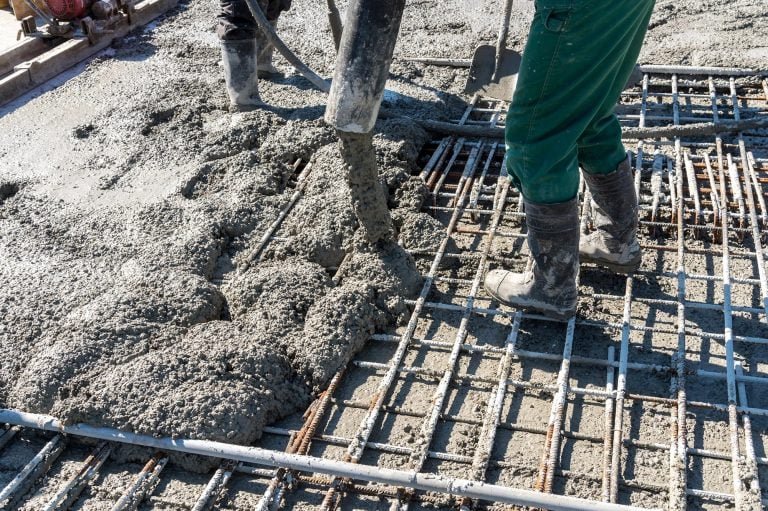As the world grapples with the challenges of climate change, researchers are exploring innovative solutions to reduce greenhouse gas emissions. A recent study published in the journal Science reveals that transforming the construction material industry to incorporate CO2-absorbing technologies could sequester billions of tons of carbon annually, providing a substantial lever against global warming.
The Potential of Carbon-Absorbing Materials
Replacing traditional construction materials with carbon-absorbing alternatives could cut global CO2 emissions by half, according to the study led by Elisabeth Van Roijen. The research estimates that incorporating CO2-sequestering materials into construction could capture up to 16.6 gigatons of CO2 annually, equivalent to nearly 50% of the world’s CO2 emissions in 2021.
Innovative Solutions for a Sustainable Future
The study highlights several innovative solutions for storing carbon in construction materials, including:
- Incorporating carbon aggregates into concrete
- Using bio-based components in bricks
- Developing new materials that can absorb CO2 from the atmosphere
Overcoming Challenges and Scaling Up
While the potential of carbon-absorbing materials is significant, there are challenges to overcome, including:
- Resistance from builders hesitant to adopt new materials
- Limited availability of carbon-sequestering minerals
- The need for a carefully managed supply chain
Conclusion
As the world transitions towards a more sustainable future, the construction industry has a critical role to play. By harnessing the power of carbon-absorbing materials, we can reduce greenhouse gas emissions and create a more sustainable built environment. As researchers continue to explore and develop innovative solutions, we can build a better future for generations to come.
Reference:
“Building materials could store more than 16 billion tonnes of CO2 annually” by Elisabeth Van Roijen, Sabbie A. Miller, and Steven J. Davis, 9 January 2025, Science. DOI: 10.1126/science.adq8594

















